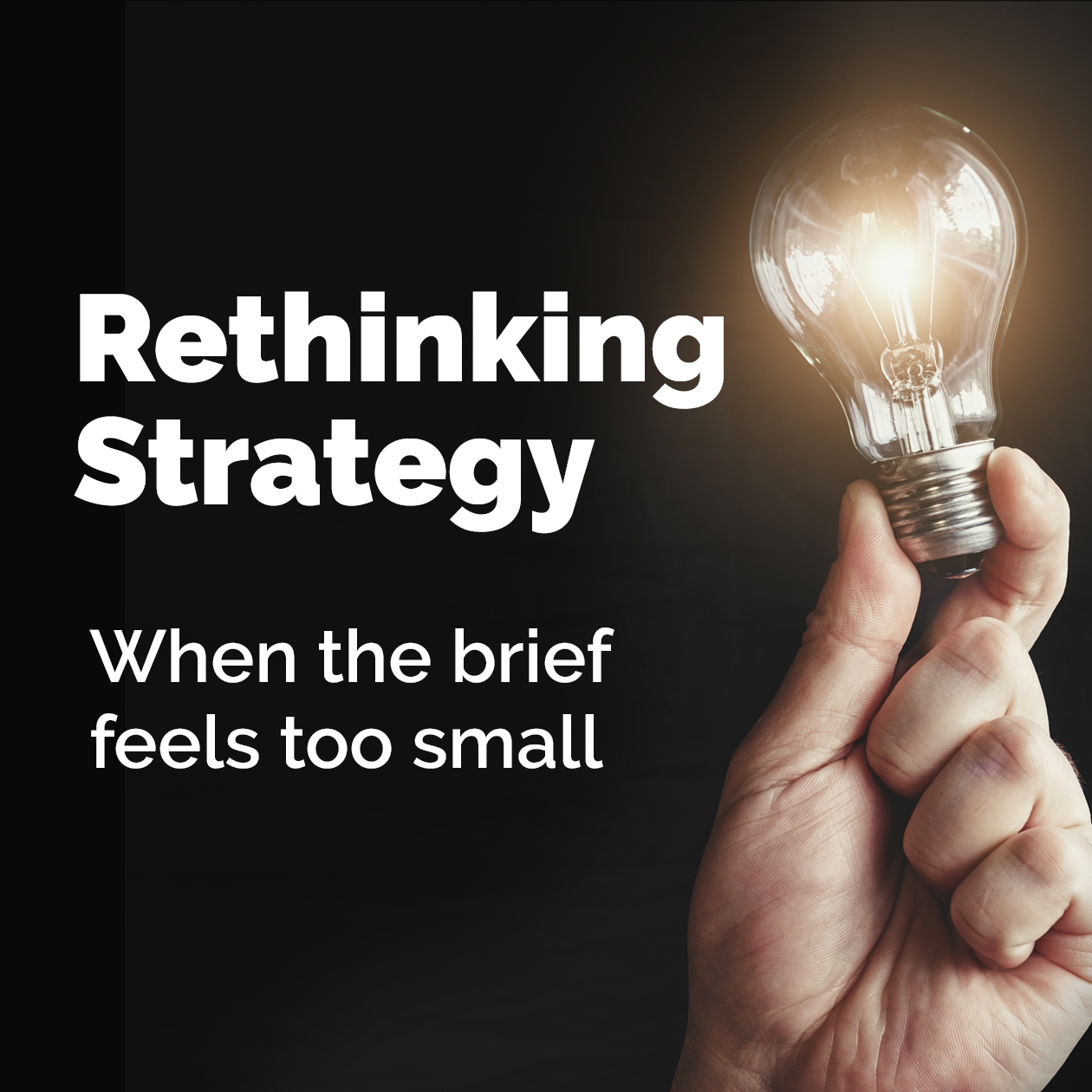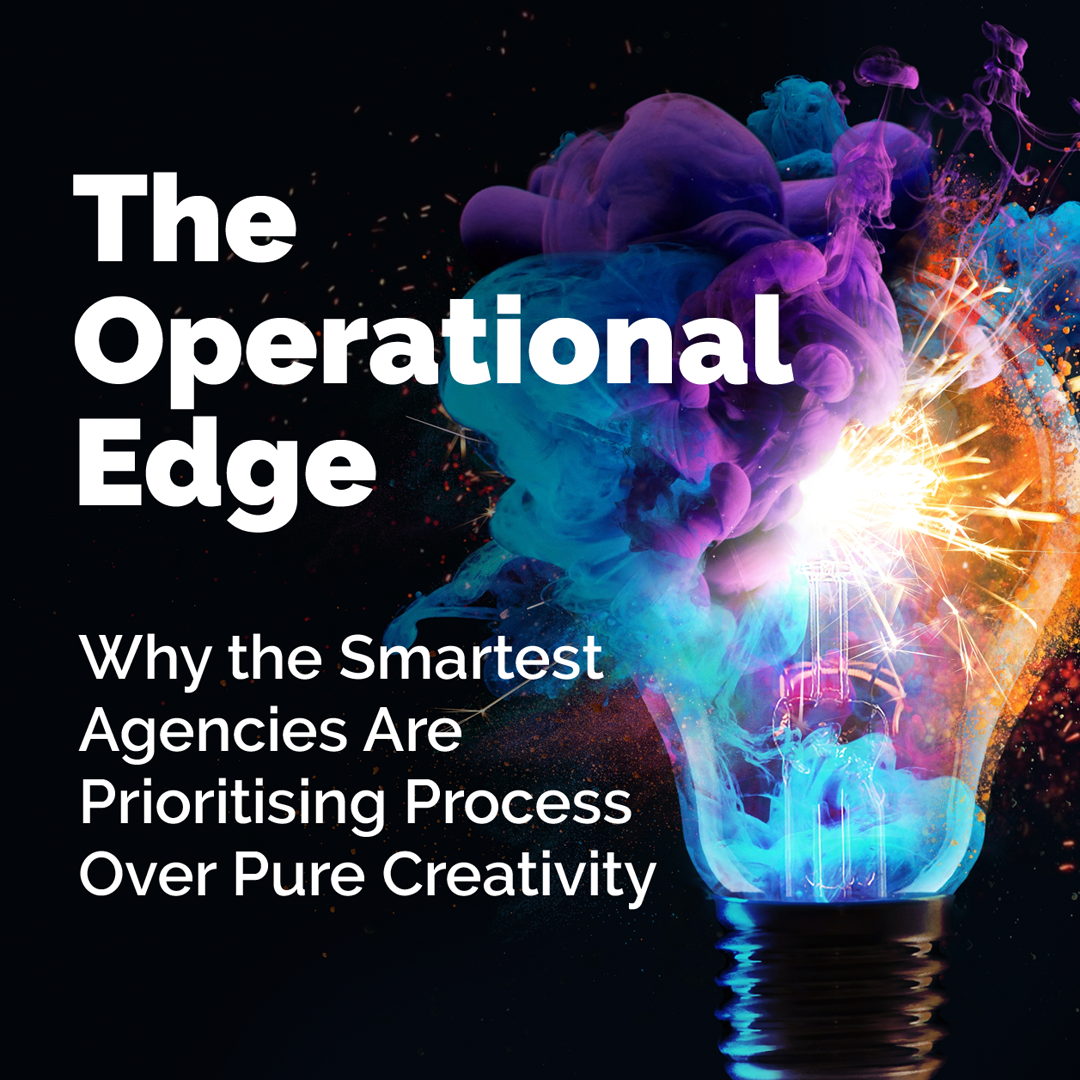The Shifting Role of Marketing – From Interruption to Integration
The Shifting Role of Marketing – From Interruption to Integration
Traditional marketing tactics that rely on disruptive advertising are becoming obsolete as consumers increasingly reject intrusive and irrelevant messaging.
Instead, successful marketing now hinges on seamless integration into the customer experience, delivering genuine value rather than disruption. This article explores the evolution of marketing strategies, the rise of content marketing, influencer collaborations, and immersive brand storytelling. It also highlights key principles for brands to adopt an authentic, consumer-centric approach to engagement.
Marketing has undergone a significant transformation in response to changing consumer behaviours and technological advancements. Historically, brands relied on aggressive advertising tactics—TV commercials, pop-ups, and unsolicited emails—to capture attention. However, these methods are losing effectiveness as modern consumers demand a more personalised and meaningful engagement with brands. The key to future marketing success lies in a shift from interruption-based strategies to value-driven integration within the customer journey.
The Decline of Interruption-Based Marketing
Interruption marketing, characterised by unsolicited messages designed to capture attention, has faced increasing resistance due to:
- Ad Fatigue: Overexposure to advertisements has led to consumer desensitisation, making traditional ads less impactful.
- Ad Blockers: The widespread use of ad-blocking software signals consumer discontent with intrusive advertising.
- Changing Consumer Expectations: Modern audiences expect brands to engage with them on their terms, prioritising relevance and value.
The decline of these traditional methods necessitates a transition towards marketing approaches that resonate more naturally with consumers.
The Rise of Integrated Marketing Strategies
To thrive in this new landscape, brands must embed their marketing efforts into the customer experience. Three key strategies have emerged as the foundation of this shift:
a) Content Marketing
Content marketing focuses on providing informative, entertaining, or inspirational content that aligns with consumer interests. Key elements include:
- Educational Blogs and Articles: Positioning brands as thought leaders.
- Video and Podcast Content: Engaging audiences in a more interactive manner.
- User-Generated Content: Encouraging community involvement and advocacy.
Brands like HubSpot and Red Bull have successfully leveraged content marketing to build trust and drive engagement without resorting to aggressive sales tactics.
b) Influencer Collaborations
Consumers increasingly rely on trusted voices to guide their purchasing decisions. Influencer marketing provides a more organic and credible way for brands to connect with their audience.
- Micro-Influencers: Smaller but highly engaged audiences often yield better results than large-scale celebrity endorsements.
- Authenticity Over Sponsorships: Successful influencer partnerships feel natural rather than transactional.
- Cross-Platform Engagement: Effective campaigns leverage multiple channels (Instagram, TikTok, YouTube) to maximise reach.
Brands like Glossier and Gymshark have mastered influencer marketing by cultivating relationships with real customers who become passionate brand advocates.
c) Immersive Brand Storytelling
Consumers crave meaningful connections with brands, and storytelling is a powerful tool to create emotional resonance. This involves:
- Brand Narratives: Communicating mission-driven values that align with consumer beliefs.
- Experiential Marketing: Leveraging virtual and augmented reality to create interactive brand experiences.
- Long-Form Content: Documentaries, web series, and behind-the-scenes content deepen engagement.
Nike and Apple excel in immersive storytelling, crafting compelling narratives that resonate with their audience’s aspirations and values.
Principles for Authentic Integrated Marketing
For marketing to succeed in the new era, authenticity is paramount. Brands need to adhere to these core principles:
- Customer-Centricity: Understand and address the needs, desires, and pain points of the audience.
- Transparency: Maintain honesty in messaging to build long-term trust.
- Consistency: Ensure a cohesive brand voice across all touchpoints.
- Adaptability: Stay agile and responsive to evolving consumer behaviours and technological trends.
Conclusion
Marketing’s role has shifted from interruption to integration. Consumers no longer accept intrusive messaging but seek brands that enhance their experiences through valuable content, credible influencers, and compelling storytelling. Businesses that embrace this paradigm shift and prioritise authenticity will thrive in the modern marketing landscape.
As the marketing ecosystem continues to evolve, brands must remain agile, continuously refining their strategies to align with consumer expectations. Those that successfully integrate their marketing efforts into the customer journey will foster deeper connections, build brand loyalty, and drive sustainable growth in an increasingly competitive marketplace.
It's all a bit mind-blowing.
References
- Kotler, P., & Keller, K. L. (2016). Marketing Management (15th ed.). Pearson.
- Scott, D. M. (2020). The New Rules of Marketing and PR (7th ed.). Wiley.
- Edelman Trust Barometer (2023). Global Report on Consumer Trust in Advertising.
- HubSpot Research (2023). The State of Content Marketing.
- Nielsen (2023). The Power of Influencer Marketing.
News & Blog








